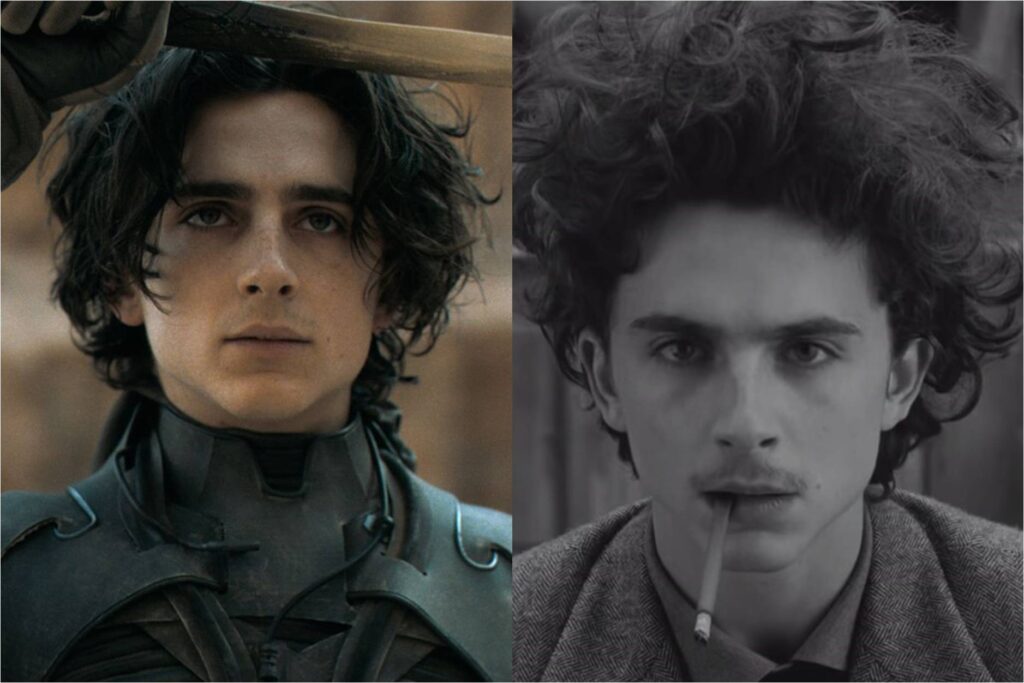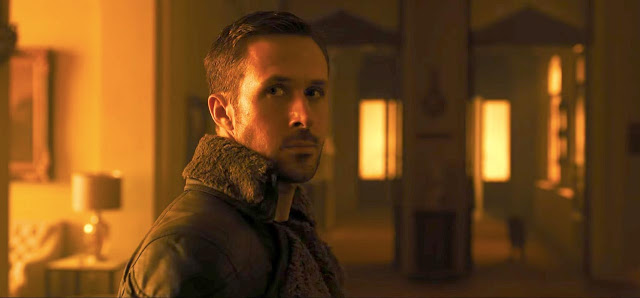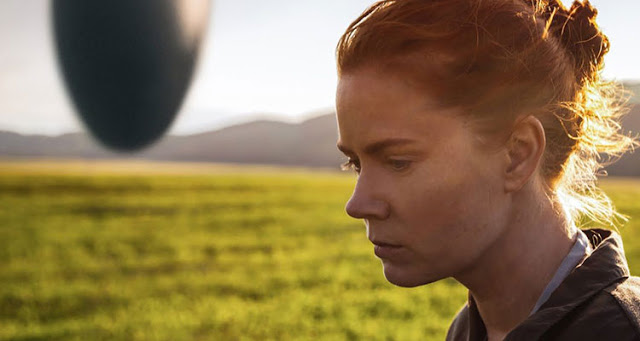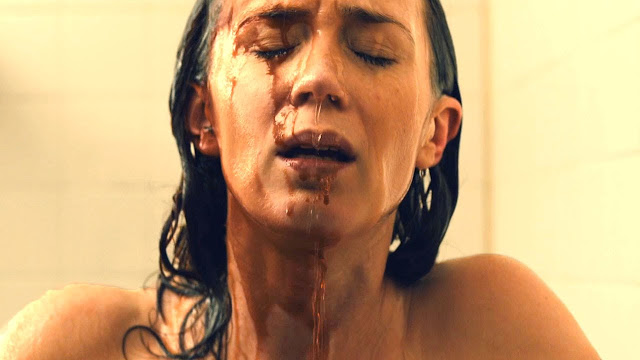Dune, Part Two: Getting the Sand Back Together
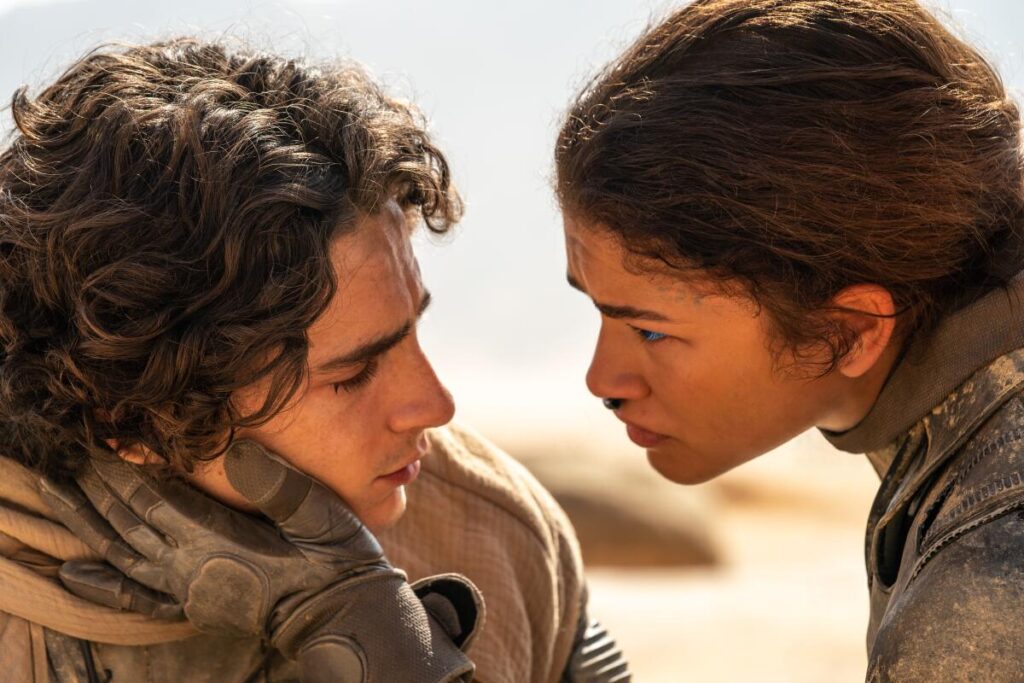
We know by now about the Sand Walk—that syncopated stroll across the desert whose arrhythmia helps you avoid detection from those monstrous worms. The irony of Denis Villeneuve’s Dune was that, despite its nominal exoticism, it delivered exactly what you anticipated: eye-popping visuals, grandiloquent design, and sonorous performances, all in the service of a predictable story that vacillated between diverting and tedious. You could be forgiven for expecting its sequel to provide more of the same; Dune was a critical and commercial hit, after all, and Hollywood tends not to mess with success. Yet the intervening years spent wandering the sands seem to have inspired Villeneuve, resulting in a richer and more thought-provoking follow-up. The happy surprise of Dune: Part Two isn’t that it’s good. It’s that it’s interesting.
Some of this may be a natural consequence of the source material; Villeneuve and his co-writer, Jon Spaihts, continue their adaptation of Frank Herbert’s novel, which I’ve never read but which presumably grows in complexity as it progresses. Still, regardless of the underlying inspiration, Dune 2 (or 2une, if you prefer) operates with a level of nuance that its predecessor lacked. The characters in the first movie were largely ciphers, secondary to the colossal world-building that preoccupied Villeneuve’s attention. They now feel like fully rounded people: emotionally fraught, yes, but also persuasively motivated and—in a note that’s unusual for blockbuster cinema—morally grey. Read More

